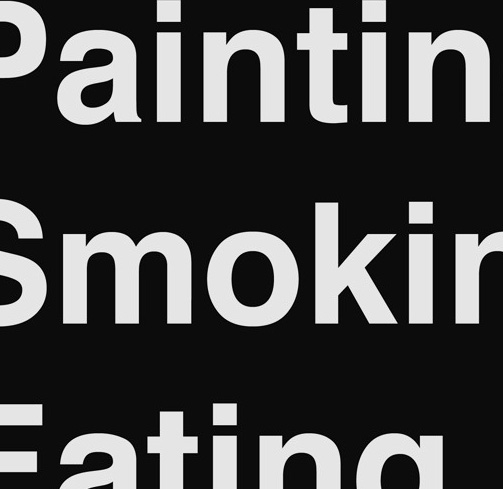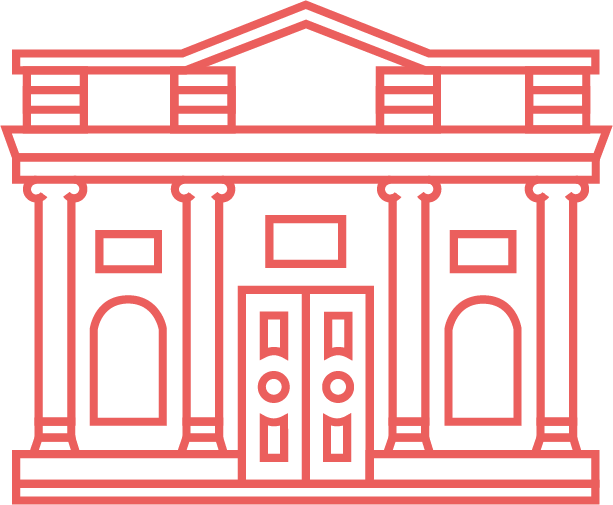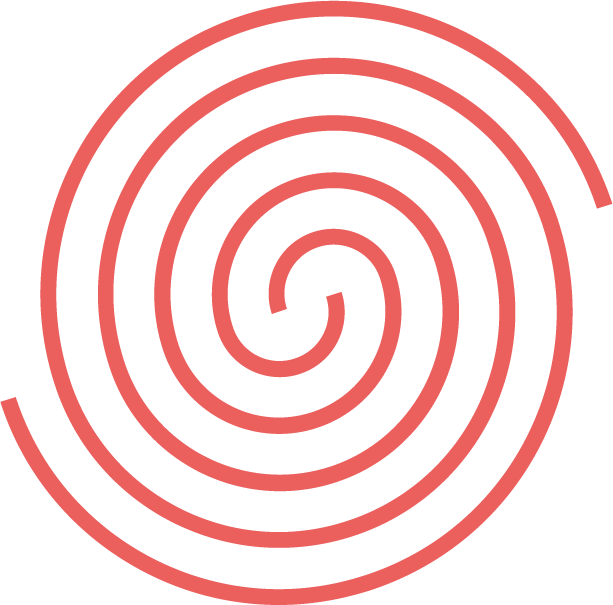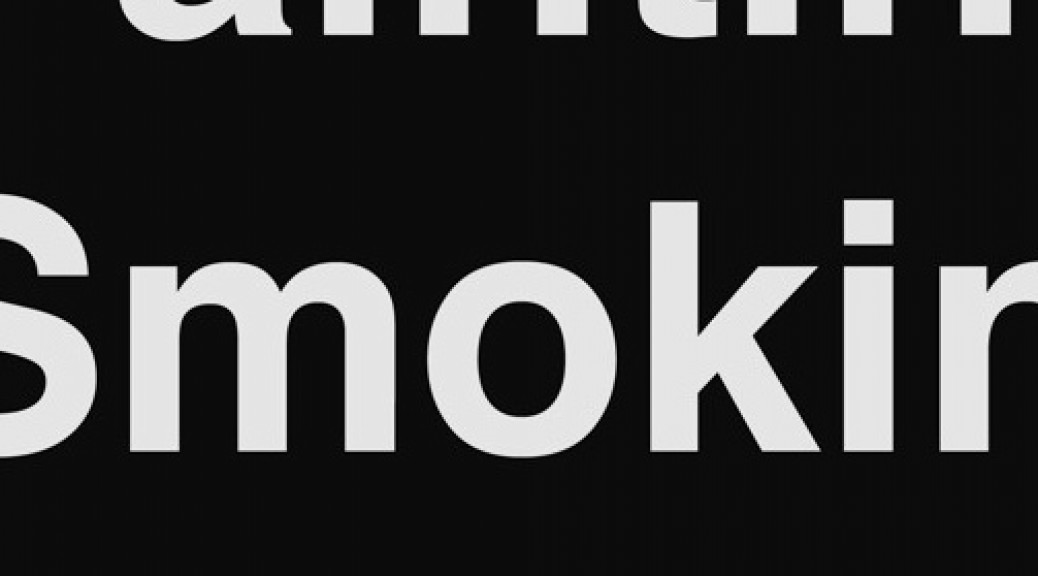Philip Allen, Jake Clark, Nelson Diplexcito, Freya Guest, Dave Leeson, Tom Rapsey
Exhibition Dates: 8 -17 May 2014

“There is a delicate form of the empirical which identifies itself so intimately with its object that it thereby becomes a theory”.
This statement by Johann Wolfgang von Goethe summarises the pre-occupations of the six exhibiting artists in Painting, Smoking, Eating. The selected artists in this exhibition are painters who are driven by their experience to then reflect that experience through painting.
The artists in this exhibition know their object. They are aware of the histories, the debates and the challenges in making painting today. These artists are in it for the long haul; singularly independent but also marked by a collective distrust of the convenient and anything that would compromise their vision. The place of looking is the studio. It is work, a routine and what begins is a quarrying of the object. If you ask painters how the work begins, you will discover from the responses that there is no single unifying approach. There are always exceptions to the rule and this is perhaps one of the reasons why painting is such a resilient form.
To make paintings is to always be looking. This may seem obvious, however it is the particularity and nature of the looking for the object that is central to the experience of painting. If the painter is fortunate the image will emerge quickly. More often it will never be so immediate. Painters always hope that the next painting made will be carried out more quickly than the last. The painter knows that there is a danger in the image being too familiar, particularly if they have looked too long on a painting. To paint by its very nature is to be close and sooner or later detachment, de-familiarising often through a radical decision is necessary. This combination can awaken the object of the painting. It is a very particular form and condition of the paintings in this exhibition.
In the quarrying of the image – there is always a movement towards this visual dialogue, where truths and lies are expelled between painter and painting. It is difficult to predict, document and know when and if it will happen. It should also never appear to be forced, although there may have been innumerable revisions and detours in getting there. There is no one way to the object. Sometimes the encounter comes from a suspicion or doubt that what has been set down previously does not communicate the ‘tone’ of the object. What is certain is that this encounter can only be revealed through looking intensely at what is present. Experience, tenacity, practicality and time all play their part towards this visualisation. It is only through their combined meeting that the image begins to ‘stick’ and offers a type of resistance. To recognise this encounter is to always live in the moment.
The painting that was once familiar, having been worked, will now appear unfamiliar and will be truer for being so. Only now does the work have the possibility of looking back at the painter. The painting that does this often locates itself between states, being surface and mirror and window and wall, never quite prioritising one above another. The painter will recognise the form, the territory, surface and face as a likeness of the object. The object is a resistant image that has the ability to meet and disarm, transfix and immobilise the painter. It is the myth of the Gorgon and the painters in this exhibition know its stare and the tale intimately.
They are also aware in consolidating the moment by working on and perhaps by doing so, force and lose sight of the presence of that, which was momentarily seen. The paintings in this exhibition talk about this quarrying towards immobilisation. It should never be confused as an end for a painting, far from it. It is an opening-out into the possibilities of painting and very rarely does it happen. To “finish” is too convenient and would only close the image down. Good art is always at work. Robert Frost talks about it at work, in a literary form, and more succinctly. He says that a poem should be like a “ice on a stove – riding on its own melting”. The artists in this exhibition know this. It is the experience and the difference between looking and reflecting that experience through seeing.
There will be an opportunity to meet the artists on Saturday 17 May at 6.00pm in an open discussion and all are welcome. The title of the exhibition is taken from the Philip Guston painting of 1973, Painting, Smoking, Eating (Collection Stedelijk Museum).
-Nelson Diplexcito 7.5.14



